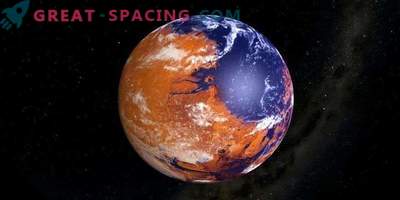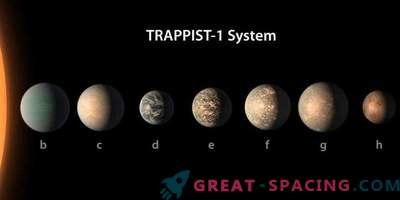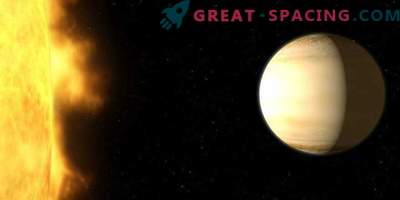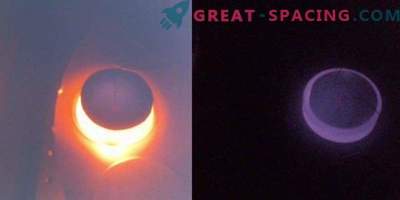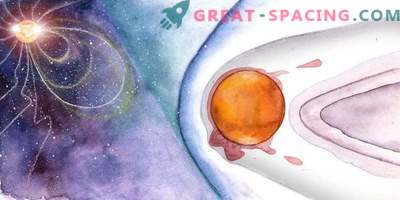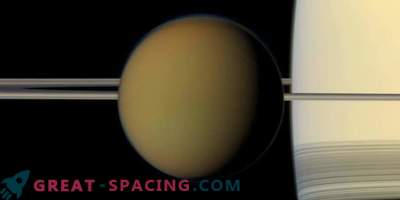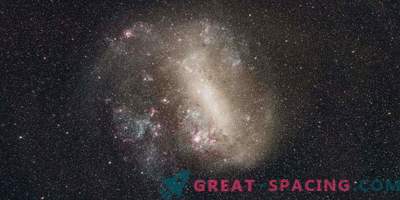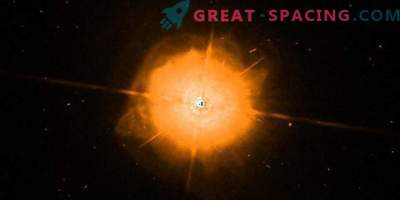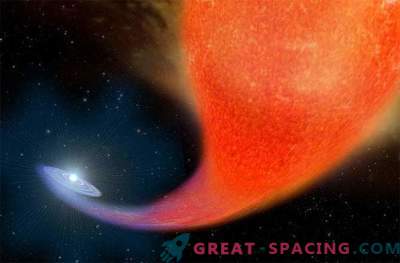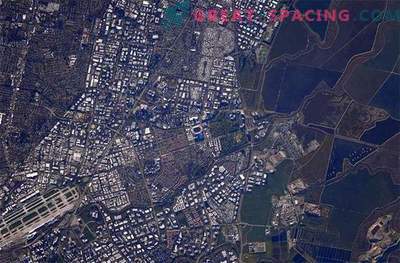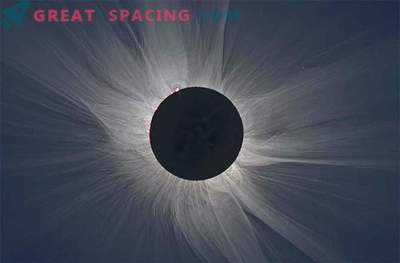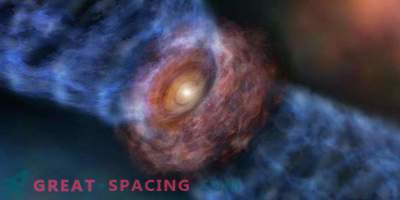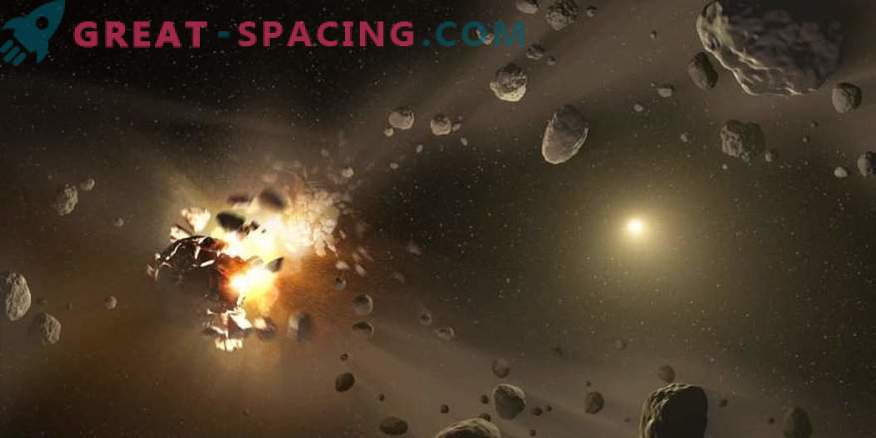
A researcher from the Siberian Federal University, together with Australian and German colleagues, created a physical and mathematical model of the formation of planets the size of Mars and Venus. It turned out that the Red Planet did not have the ability to develop a dense atmospheric layer. Venus was strongly influenced by the close position to the Sun. But at an early stage, the atmosphere was because our star was not very active.
The model shows that Mars and Venus were created from protoplanets (and those from gas and dust clouds). Usually, embryo-planets collide during random motion and form protoplanets. During the period of solidification, volatiles of the mantle create a dense and red-hot atmosphere consisting of water and carbon dioxide. But the low gravity of the planets of the Martian type and the high stellar luminosity destroy the atmospheric layer. Hydrogen is lightweight and goes first, taking away other heavy elements as well.
Scientists have presented a model for creating planets the size of Mars and Venus. It turned out that the Red Planet is not able to develop a thick atmospheric layer. In the case of Venus, the close position to the Sun greatly influenced. But early on, the atmosphere was because our star was not very active. Scientists have studied possible scenarios that describe changes in solar activity. They also used all the known empirical models of the dependence of luminosity on the age of young stars (millions of years). Comparing models with observations has helped limit the number of options. But the planets of the Martian type are losing their atmosphere.
Important was the study of Venus, which allowed to plunge into the past of the system. The data suggests that at an early stage the level of solar activity was rather low. In some situations (with high activity) Venus lost its atmosphere, and in others (moderate radiation) it retained.
Scientists combine different conditions to see the reaction of the planet and compare with real observations. However, all models agree that for the present state of Venus, the Sun should have been relatively inactive in the early stages of the development of the system.
